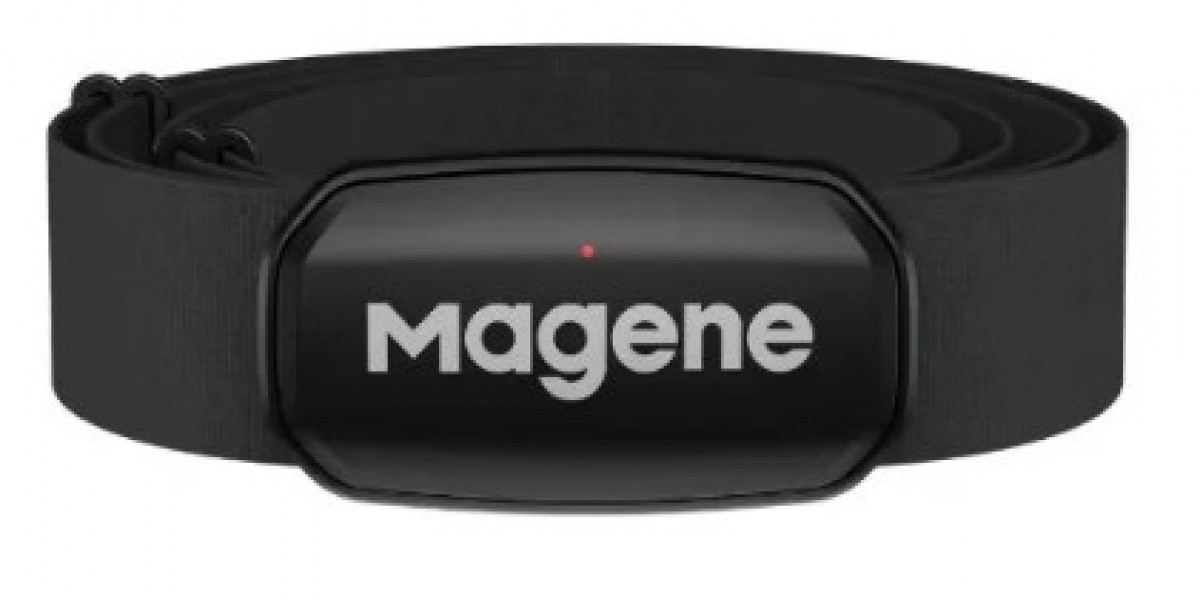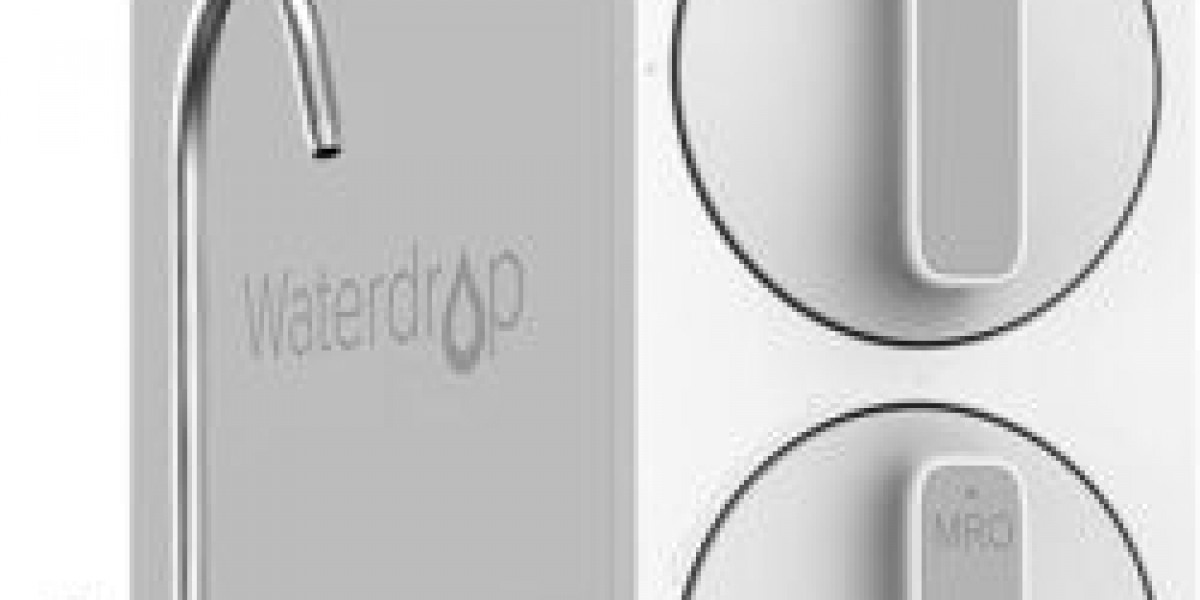In today’s fast-paced world where health awareness is more vital than ever, the heart Rate Monitor has emerged as a popular companion for fitness enthusiasts, athletes, and even everyday individuals looking to keep tabs on their wellness. But here's a twist—not everyone fully understands what this small device actually reveals. It’s not just about counting how fast your heart is beating. There’s a whole world of insight that can be drawn from your heart rhythm, and a heart rate monitor is the gateway to that information.
Let’s dive deeper into the role of a heart rate monitor in understanding not just physical performance, but broader signals your body might be sending. From stress levels to recovery times, from cardiovascular consistency to early warning signs—this device reads between the lines of your pulse.
The Science Behind Heart Rate Monitoring
At its core, a heart rate monitor measures the number of heartbeats per minute (BPM). This simple figure can indicate whether you're at rest, mid-exercise, or recovering. However, beyond these basics lies something far more intricate—variability, rhythm patterns, and even arrhythmias.
Modern heart rate monitors, especially those worn on the wrist or chest, provide real-time feedback. By tracking fluctuations in your BPM over time, they help paint a long-term picture of how your body responds to different activities, sleep cycles, or even emotional triggers like anxiety and excitement.
Daily Applications That Go Beyond Fitness
Many associate the heart rate monitor solely with workouts and cardio training. While it plays a huge role in optimizing physical routines, it also offers continuous monitoring that spans across everyday life.
Sleep Patterns and Resting Heart Rate
Your resting heart rate—the number of beats per minute while you are at complete rest—is an indicator of overall cardiovascular efficiency. Lower rates often indicate better heart function. During sleep, this rate dips naturally, and a monitor can help detect disruptions that may suggest sleep apnea or other rest-related conditions.
Heart rate monitors with sleep tracking capabilities assess how well you’re truly resting. It’s not just about time spent in bed but the quality of that sleep, and how efficiently your body restores itself overnight.
Emotional and Mental States
Did you know that your heart rate shifts significantly with emotions? High stress, anxiety, or even excitement causes noticeable spikes. A heart rate monitor tracks these changes, revealing how daily interactions and challenges impact your internal calm. By understanding these shifts, you can start identifying what triggers stress responses in your body.
For example, a rise in heart rate during a work presentation or after reading an email can suggest subconscious stress levels. Recognizing these patterns allows you to develop mindfulness and resilience strategies.
Training With Intelligence
Fitness goals often revolve around performance: increasing endurance, building strength, or shedding weight. A heart rate monitor acts as a personal coach in this journey. It helps determine training zones—specific heart rate ranges that guide different types of workouts.
By targeting particular zones, individuals can adjust their workout intensity for goals like fat burning, aerobic endurance, or high-intensity training. Rather than guessing or pushing blindly, a heart rate monitor provides factual feedback that allows for smart progression.
This real-time data transforms your workout from a routine into a calculated effort, fine-tuning your body’s response to physical stress and recovery. Recovery time, particularly, is something many overlook. Monitoring how quickly your heart returns to its resting state post-exercise is crucial in assessing cardiovascular health and overall fitness level.
A Silent Health Checker
Perhaps one of the most valuable yet underestimated roles of a heart rate monitor is its subtle ability to catch irregularities early. Consistent use over time can help identify unusual patterns such as tachycardia (abnormally high resting rate) or bradycardia (abnormally low rate), which may prompt medical consultation.
Some smart heart rate monitors now notify wearers of potential concerns like abnormal rhythms or sudden spikes, serving as an early alert system. Without making any diagnoses, these insights empower users to seek professional care before small issues become critical.
While these alerts should never replace clinical assessments, they often serve as the first indication that something may be out of the ordinary.
Heart Rate Monitors and Tech Integration
As technology advances, the integration of heart rate monitors with mobile apps and digital dashboards has become seamless. These apps offer graphs, trend analyses, and historical data comparisons that turn abstract numbers into tangible insights.
Over weeks and months, users begin to see patterns: how their heart responds to certain foods, caffeine, exercise types, or even stressful days at work. This feedback loop creates awareness and accountability, making health a visible, trackable aspect of daily living.
Whether you're using a chest strap for accuracy or a smartwatch for convenience, pairing the device with its corresponding platform unlocks a personalized wellness journal.
Daily Habits That Affect Heart Readings
Surprisingly, several everyday habits influence your heart rate. Let’s consider some overlooked ones:
Hydration: Dehydration increases heart rate. Monitoring can reveal how your intake affects your cardiac function.
Caffeine: Tracking your heart rate post-coffee can uncover sensitivity levels.
Diet: Certain foods—especially high sugar or processed meals—can cause unexpected BPM spikes.
Posture and Movement: Sitting, standing, or walking all change your heart rhythm slightly, which is easy to analyze with continuous tracking.
By identifying how these factors affect your personal readings, the heart rate monitor helps you build a lifestyle aligned with better heart awareness.
Personalized Approach to Wellness
The data gathered from a heart rate monitor is only useful when interpreted with personal context. Everyone has a different baseline. What’s considered "normal" for one person may be different for another.
This is where the device shines—not by providing blanket suggestions but by showing trends unique to you. Are you sleeping better since starting yoga? Has your heart rate steadied after reducing screen time before bed? These aren’t general insights—they’re personal wins revealed through long-term tracking.
Encouraging Preventative Mindsets
In many ways, the heart rate monitor fosters a proactive approach to health. Instead of waiting for symptoms or annual checkups, it encourages daily awareness. This consistent engagement helps users recognize patterns early and adjust behaviors to stay ahead of potential problems.
Over time, individuals develop a stronger connection between their choices and the body’s responses. The heart becomes less of a mystery and more of an open book—one you read each day through your monitor.
Promotions and Pairing Recommendations
If you're considering getting a heart rate monitor, explore models that match your lifestyle. Runners may prefer chest straps for accuracy, while casual users benefit from smartwatch designs. Look for devices compatible with platforms like Apple Health, Google Fit, or specialized fitness apps.
Pair your heart rate monitor with devices that support sleep tracking, activity logging, and even mindfulness training. Some recommended brands to explore include Polar, Garmin, Fitbit, and Huawei.
Make it a part of your wardrobe, not just your workout kit. The more consistently it’s worn, the more valuable the insights it provides.
Final Thoughts
A heart rate monitor is far more than a fitness accessory—it's a daily health companion, a lifestyle mirror, and an insight engine into how your body performs, reacts, and recovers. It helps transform guesswork into awareness and turns numbers into stories your heart has been trying to tell all along. Whether you're optimizing your training or simply paying closer attention to your wellness, this device invites you to build a deeper understanding of your own biology.
So yes—your heart rate monitor knows more than how fast your heart beats. It speaks a silent language of health, waiting for you to listen.







